Army Sustainment Is a Team Sport
An evolving Army needs equipment to be successful on the battlefield. It sounds simple, but it requires an orchestra of contracts, logistics support, parts, repairs and maintenance, all beginning with research and development and testing. For sustainment to happen, it’s a “team sport,” according to a panel of Army leaders at the recent MILCOM conference in Baltimore on October 25.
Liz Miranda, director, Integrated Logistics Support Center, U.S. Army Communications-Electronics Command (CECOM), shared that in past years, the Army’s supply readiness level ranged between 95 and 97 percent; it is lower now. The challenge is how to keep up with technological advancements, given that the Army keeps systems in their inventories for a long time—20 to 30 years. “We want operational readiness, but we are already behind in producing parts for components,” she said.
As is the growing emphasis across the Army, CECOM is looking to industry partners to help with readiness. CECOM is working to increase available supply sources and strengthen communications with the industry. The organization wants to improve product lead times—product lead times are currently about eight months—accelerate repairs and demand signals with partners, and improve the language used in contracts.
CECOM is also looking to leverage science and technology research and development in regard to obsolescence for systems long in the field. The command needs more proactive obsolescence management strategies and innovative ways. “We need to look at what is going to be obsolete before it happens,” Miranda said. More stringent language in contracts will have the industry help manage technology upgrades and obsolescence.
Gary Blohm, acting director, Communications-Electronics Research, Development and Engineering Center (CERDEC), explained that the center does applied research in command, control, communications, computers, intelligence, surveillance and reconnaissance (C4ISR), as well as engineering support to the other offices. The center is looking at technologies for warfighters to succeed in a contested environment, including network operability, how to gain an advantage in electronic warfare, cyber operations, having the right sensors and being able to process data to make decisions on a battlefield.
As for sustainment, CERDEC, aside from engineering support, helps to provide the necessary conditions upfront, from architectures and standards, to decisions early on in Science and Technology (S&T) research and development on the systems they develop, Blohm said. In particular, the C4ISR/EW/Modular Open Suite of Standards (CMOSS) helps by providing guiding standards and open architecture. In addition, CERDEC is looking to improve hardware and software convergence and come up with an architecture that will "plug and play" using commercial standards. “That’s the key, which standards you are using,” Blohm said.
As the director of the Army Research Laboratory (ARL), Philip Perconti emphasized that Army readiness really is a collaborative effort across all of CECOM, as is evidenced by a “research guy” in S&T, such as himself, being on the MILCOM panel. He works on sustainment with many CECOM colleagues outside of S&T. Perconti also stressed partnerships with the industry. “It is why CECOM comes to events such as MILCOM, to engage with the industry,” he said.
In addition, the ARL is pursuing an open campus initiative that brings together industry partners and academia, “to get in on the ground floor,” and collaborate side-by-side either at ARL's facilities or at the collaborators' facilities. Also, the lab is creating extensions around the country—such as in Southern California, Texas, Chicago—essentially at innovation hubs. Doing so will help get the country familiar with the Army’s work, needs and challenges, Perconti noted.
As for contracting efforts, Kenyata Wesley, executive director, Army Contracting Command (ACC), Aberdeen Proving Ground, strives to effectively include the Army’s requirements in a contract document that are enforceable for the government, but also executable with the industry. Like Perconti, Wesley works across offices to help define the contracting needs to appropriately supply warfighters. The ACC, which relies on several contracting tools, from traditional contracts to newer, innovative acquisition techniques, is working on getting contracts out faster.
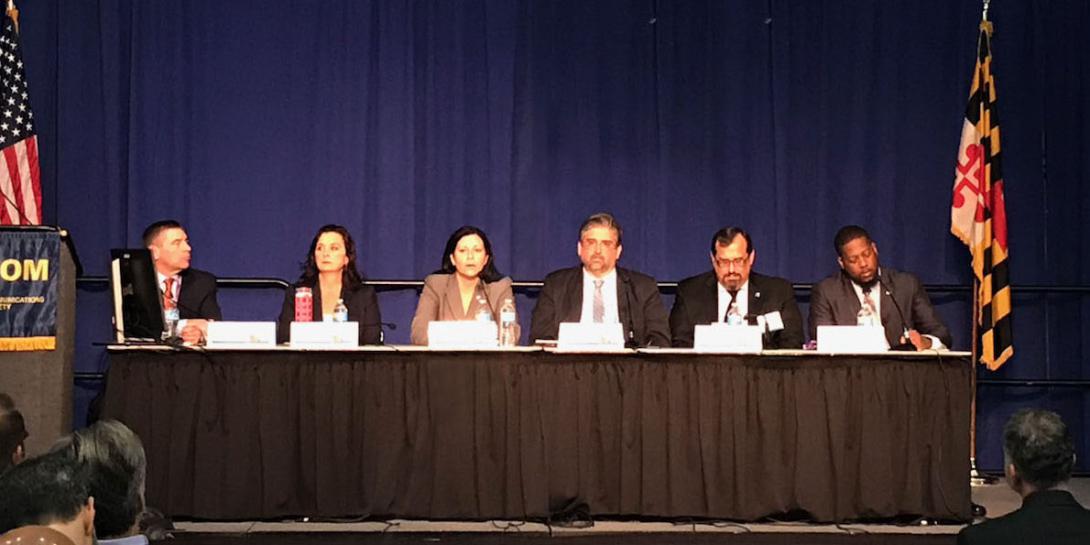
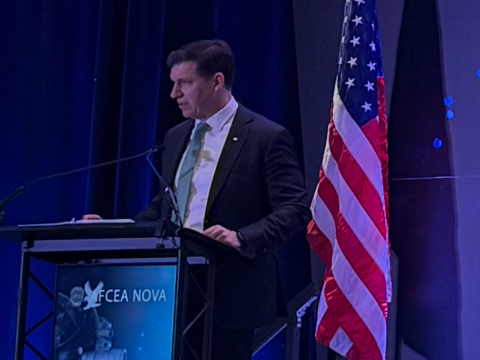
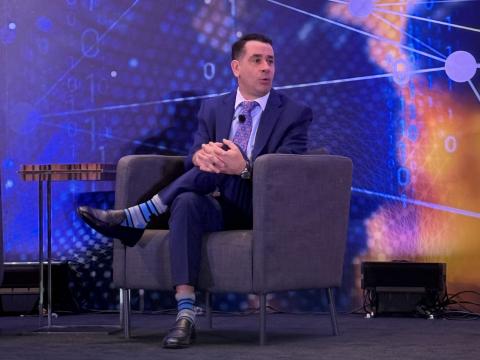
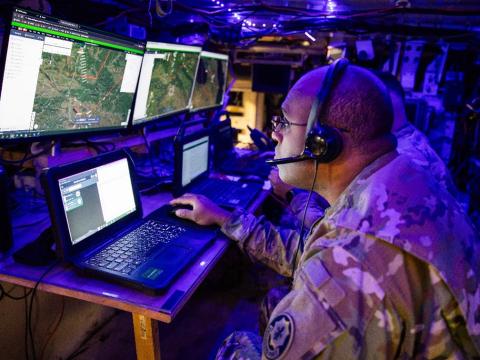
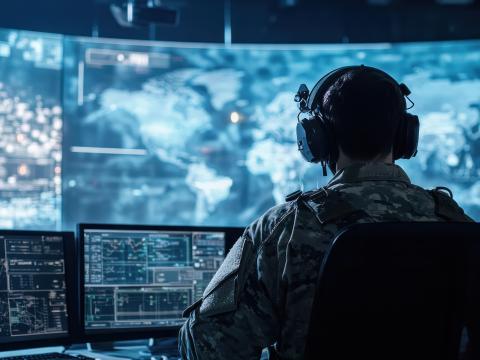
Comments